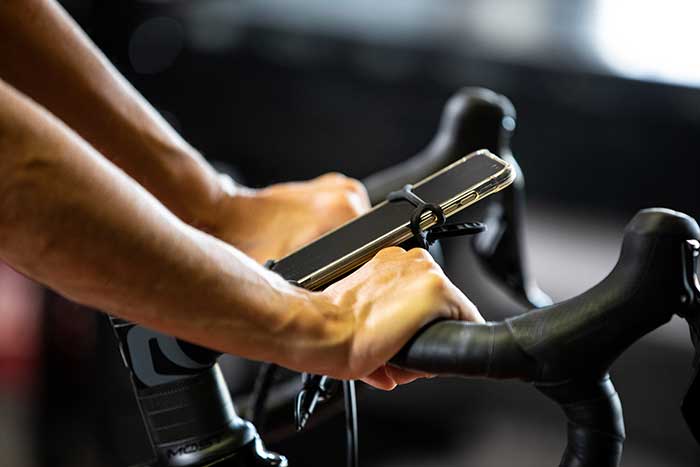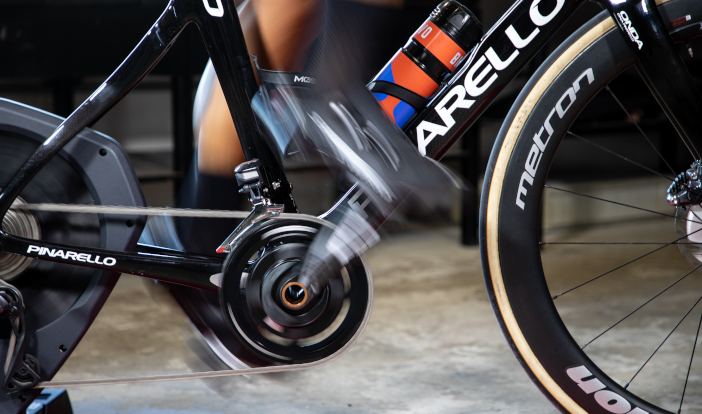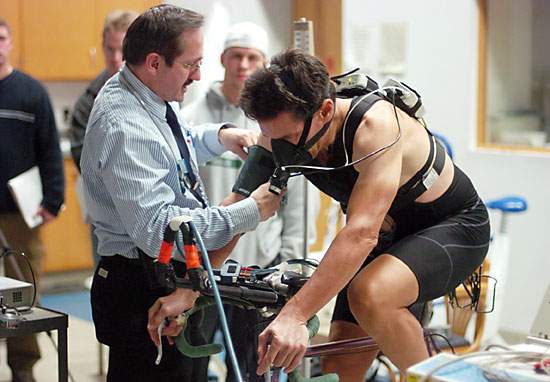Cycling has always been considered an endurance sport and therefore mainly aerobic, but in modern cycling, especially at the higher levels, other energy systems are in play that require important muscular and neuromuscular efforts.
Marco Compri, technical coach of the Italian Cycling Federation and head of the training projects at Bikevo, explains us the correct way to train for cycling.
In road cycling the prevailing energy mechanism is aerobic, but whether it is a track or street race, with medium or high altimetric differences, there can be frequent or very frequent use of the anaerobic lactic mechanism and various strength mechanisms.
This introduction was necessary to be able to discuss the evaluation test, because otherwise there is a risk that people concentrate only on one component of performance, as has happened in the recent past when the focus was only on the metabolic aspect, especially its aerobic features.
What is the reason to have an evaluation or what is the objective of the evaluation?
For a trainer the motives are many:
A. To clasify the test subject, individualizing his particular characteristics:
every cyclist, notwithstanding his level, is distinguished by individual morfological qualities and neuromuscular and metabolic chracteristics that define his strengths and limits and, over time, his specialization: a climber (aerobic power at the expense of maximum power), a sprinter (the alactic / lactic power predominates, so maximum force and ability during a sprint at the expense of aerobic power), an endurance cycler (performs on flat courses and in races against time and has a high power and lactic acid capacity associated with higher aerobic power), and intermediate specializations such as endurance climbers and endurance sprinters.
B. To monitor, through the values found in the test, the fitness level during the agonistic season:
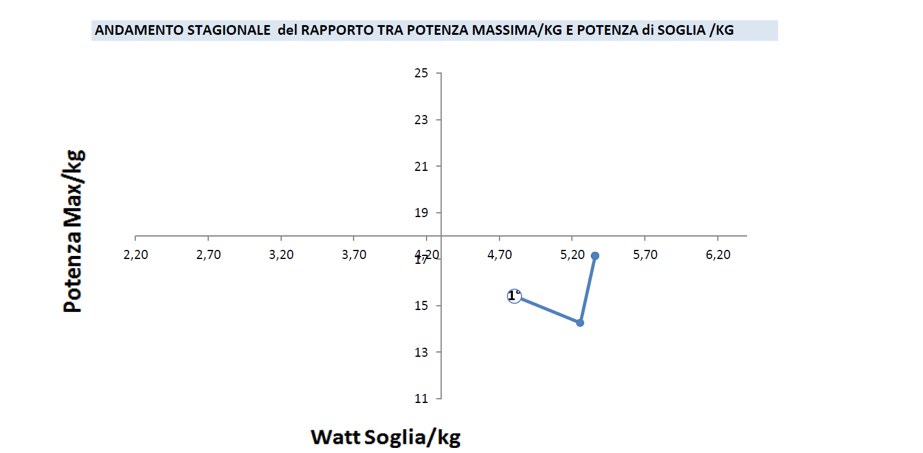
Figure 1. An example of a graph of the relationship of wmax/kg and wsa/kg. The three values represent the tests carried out and every point expresses, with respect to the axis, the values of maximum power and threshold power expressed in watt/kg. The movements to the left or right (axis of the abscissa) represent an increment / decrement of the SA value, while movement on the vertical axis (ordinate axis) represents an increment / decrement of the PMAX value. The quadrants also define the various cycling types.
C. To analyze the obtained data and compare this with the expected results to confirm or redefine the training program: these on-the-spot checks allow the trainer to evaluate, whether the training tools used have produced the expected result, or if he needs to adjust the next training cycle.
D. To define the intensity of training:
pertaining to force (as meant as maximum force in relation to the rpm) as well as the metabolic component (related to the maximum aerobic speed, at 4mM or aerobic threshold, in relation to the metabolic objective that one wants to achieve or the period of the training cycle). The intensity can be expressed in watt, heart rate (knowing that the latter can be used relatively accurately as a training parameter for mostly, if not exclusively, aerobic training at a steady pace) or in time and to obtain the force these are then combined with rpm. If the cyclist does not have specific measuring instruments, the training parameters can be traced using the motion equation (Di Prampero PE, Cortili G, Mognoni P, Saibene F, 1979):
W’= v . (RR+ RAIR +Rg)
Where:
(W’) is the mechanical power to be calculated W); at constant speed in balanced conditions, amounts to the mechanical power output of the cyclist.
(v) is speed (expressed in m/sec!)
(RR+ RAIR +Rg) is the sum of external resistance (N); at constant speed in balanced conditions, amounts to the propulsive force generated by the cyclist.
W’= v . [(CR . M . g) + (1/2 . ῤ . A . CA . v2) + ( M . g . senα)]
CR=0,004(0,0021-0,0045)
M=weight bike + weight accessories + weight cyclist
G= 9,81 m/s2
ῤ=1,204 kg/m3
A=0,4(0,34-0,44)
CA= 0,8(0,74-0,88)
On a flat road senα=0 and without wind, while on a hill senα= gradient expressed in percentages (es.6%) and without wind.
Various speeds will be tried out, expressed in m/s until the required power output is found.
E. To predict performance, if the functional model requires an almost constant intensity:
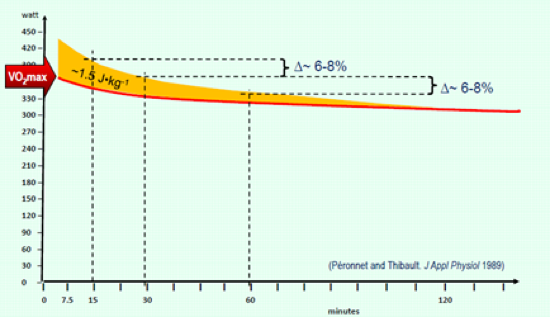
Figure 2. Example of forecasting the power / time relationship.
Tracing a power / time relationship or, in some cases, speed / time, correlates the capacity and the power of a single cyclist with the time of exhaustion; therefore, the final performance depends on the ability of the athlete to use the available energy within such a time that it coincides with reaching exhaustion at the finish line.

Editorial Board
You might also be interested in
